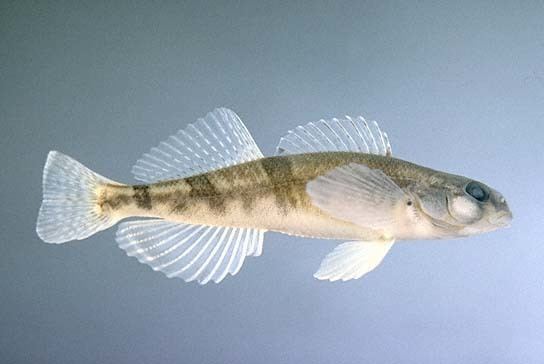

Today, despite some unsuccessful assaults by the former Trump administration to gut it, the nearly 50-year-old law can also be credited with saving the bald eagle, the peregrine falcon, the Tennessee purple coneflower, the Tennessee River's lake sturgeon, the American alligator, the humpback whale, the St. In short, the court made it clear the federal government had to protect imperiled plants and animals "whatever the cost." And the decision showed the American public - from federal dam developers to real estate developers, oil drillers, mall builders and others whose work affects threatened plants and animals - the power of the Endangered Species Act. The Supreme Court's 1978 ruling became the first interpretation of the new Endangered Species law. The little fish became for some an icon of species preservation, and for others a hateful symbol of the environmental movement's alleged "radical" excesses. Hill (as in Chattanooga attorney Hiram "Hank" Hill) made its way to the Supreme Court.

With the darter's discovery that year in a soon-to-be flooded stretch of the Little Tennessee, construction stopped dead still on the then-$100 million dam that was 75% complete. Many, in fact, are expected to become extinct within decades as their habitats are destroyed and temperatures rise because of human-caused climate change.īut the darter's real bright place in history - all of which played out right here in our backyard - is the role it played in cementing the Endangered Species Act of 1973. More than 50 species have been removed from the ESA since the law was enacted, including bald eagles, peregrine falcons, Tennessee purple coneflowers and American alligators.Most of the animals and plants now threatened won't have the public attention of the darter. Its population has since been expanded to Alabama, Georgia and Mississippi. These steps helped boost the fish’s recovery, allowing the snail darter to recolonize in Tennessee waterways. However, the TVA worked to transplant the snail darter to other rivers and streams.įederal officials say the TVA also worked to improve water flows and increase oxygen in more than 300 miles of river downstream from their dams. In 1978, the court ruled in favor of protections for the fish and halted work on the nearly completed dam.Ĭongress later exempted the dam from the law to allow the project to be completed. Supreme Court, marking the first time the nation’s highest court took up an ESA case. The case eventually made its way to the U.S. “It is very fitting that this fish, which was once a source of controversy, became the subject of cooperation and partnerships to save it.”Ĭonstruction of the Tennessee Valley Authority’s Tellico Dam in eastern Tennessee threatened the habitat of the newly discovered fish, located just above the site of the project. “The Endangered Species Act was passed to ensure all wildlife, even species that some might view as insignificant, deserve to be preserved for future generations,” said Martha Williams, the federal agency’s service principle deputy director. It led to many legal battles, but the struggle over the lowly darter became one of the most notable. The law made it illegal to “harass, harm, pursue, hunt, shoot, wound, kill, trap, capture or collect” endangered animals, and forbid the elimination of their habitats. The fish garnered national attention shortly after the passage of the landmark 1973 Endangered Species Act. The darter was first listed as a federally endangered species in 1975, but later moved to “threatened” in 1984, meaning the species still faced a danger of extinction in the foreseeable future. Snail darters, a member of the perch family, grow up to 3.5 inches (9 centimeters) long and mostly eat fresh-water snails. “Thanks to the persistence of many people, the extinction of the snail darter was ultimately avoided, and today we can celebrate its recovery,” said Zygmunt Plater, the attorney who wrote the citizens’ petition to save the snail darter in 1975. Fish and Wildlife Service has begun the process to delist the species, a move backed by the Center for Biological Diversity, an environmental group that has favored lifting protections for the fish since 2019. (AP) - The snail darter, a tiny fish that notoriously blocked a federal dam project in Tennessee decades ago, should no longer be on the endangered species list, federal officials announced on Tuesday.Īrguing that the fish is no longer in danger of extinction, the U.S.

Please look at the time stamp on the story to see when it was last updated. This is an archived article and the information in the article may be outdated.


 0 kommentar(er)
0 kommentar(er)
